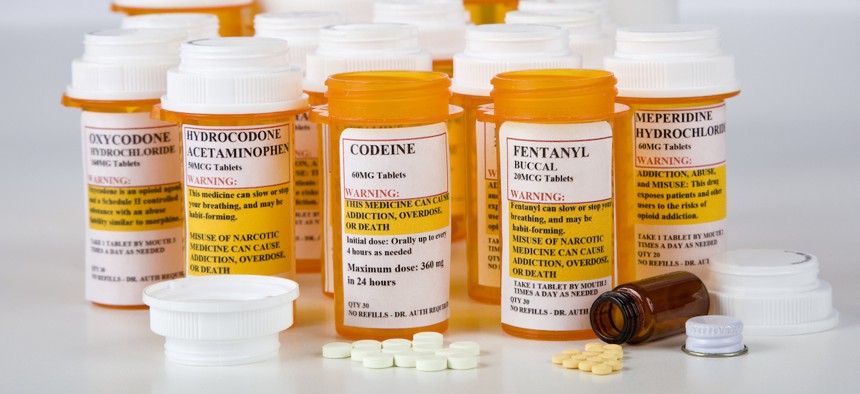One city’s growing opioid crisis brings data-driven solutions to the front lines

Johnrob/Getty Images
Two decades of overdose data helps the Baltimore City Health Department understand drug use trends to shape treatment programs.
To help officials and community members understand the severity of opioid use, the Baltimore City Health Department (BCHD) recently released a dashboard to track opioid-related overdoses in an effort to inform treatment decisions and resources.
“The goal of the dashboard is to ensure that Baltimore City residents are informed regarding trends in opioid overdoses and deaths,” Interim Commissioner of Health Mary Beth Haller said in a May 10 announcement. “This dashboard is another tool we can use to strengthen ongoing collaborative work among public health partners in Baltimore to combat the opioid overdose epidemic.”
Overdose data from 1999 to 2020 comes from sources such as the Maryland Department of Health’s Vital Statistics Administration, Open Data Maryland, Centers for Medicare and Medicaid Services and the Centers for Disease Control and Prevention. Users can explore data on the demographics of overdose victims, the substances involved, the impact of prescription opioids and the number of addiction-related hospitalizations.
According to BCHD, Baltimore accounted for more than 35% of overdoses in Maryland in 2020—but only represented 10% of the state population. Strained hospital systems and widening health disparities largely exacerbated by the pandemic remain obstacles to combating the opioid epidemic, BCHD said on the dashboard site. Overdose data could help identify trends and mitigate contributing causes of drug use and potential deaths such as socioeconomic inequity and treatment inaccessibility.
“We’re doing everything we can to combat the opioid crisis,” Baltimore City Mayor Brandon Scott said. Baltimore is exploring supervised use sites to reduce fatal overdoses, increasing access to drug treatment and holding drug-makers accountable. “We’re using data in collaborative ways to spur innovation in our battle against the drugs that are claiming the lives of so many of our friends, family members and neighbors.”
The dashboard also includes resources for community members seeking addiction treatment and harm reduction services, including training programs to administer Naloxone, counseling and other outreach programs.






